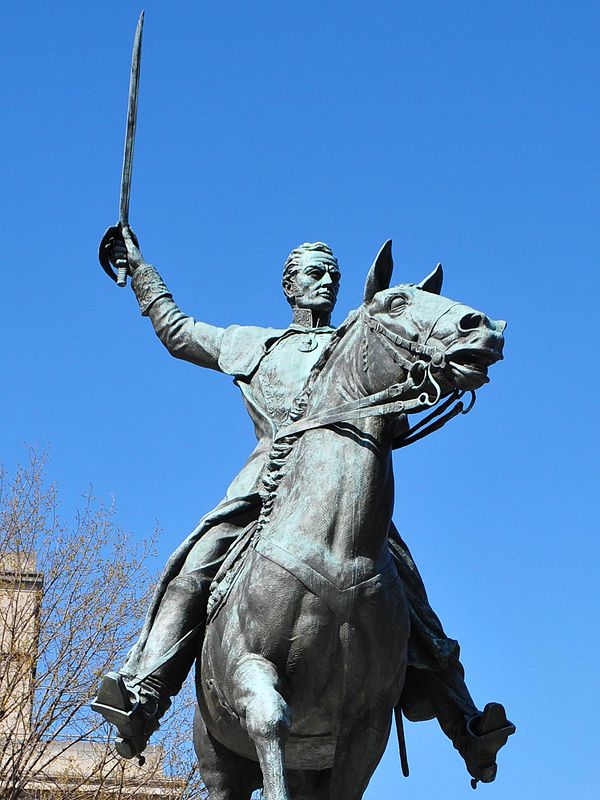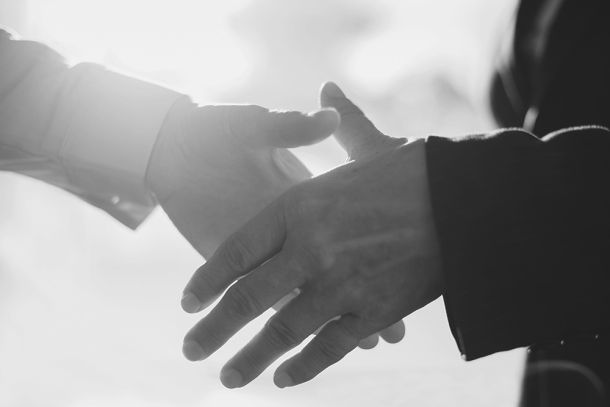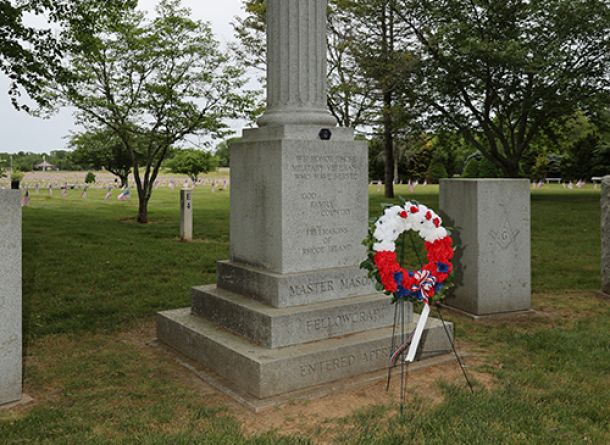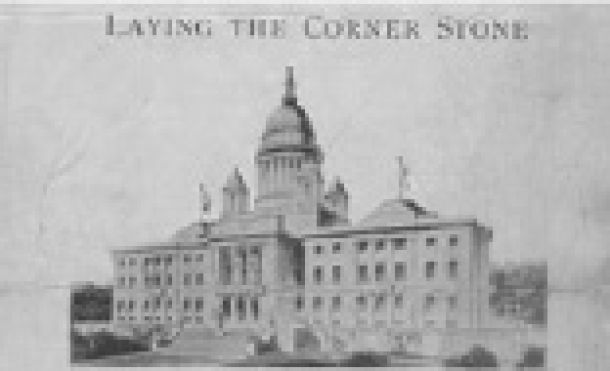Simon Bolivar, the Latin American Liberator and Freemasonry
Greetings from Club Masonico Libertad,
We continue our journey through Latin America identifying Spanish speaking Freemasons
We continue our journey through Latin America identifying Spanish speaking Freemasons, bringing light into their contributions to the world and their impact throughout the Caribbean, Central and South America. We bring your awareness to one of the most highlighted Freemasons of his time, Simon Bolivar (full name Simón José Antonio de la Santísima Trinidad Bolívar Palacios Ponte y Blanco).
The enlightened ideology from Francisco de Miranda from our previous article, the Father and Precursor of Freemasonry and Independence in Latin America, continued with non-other than his student Simon Bolivar who in a twist of events sent Miranda to prison for his alleged treason. He was born in Caracas, the capitol of Venezuela, on July 24, 1783. Bolivar lost his parents at a young age, his father at the age of three and his mother at the age of nine.
Due to his family’s wealth in copper and other metals, sugar plantations and family estates, he was taken care of by his family’s slaves including Hipolita his nurse and several renowned professors in Venezuela. One of these professors, who became Bolivar’s father figure, was Don Simon Rodriguez. He taught him not only about manhood, but also about subjects which would inspire his future such as liberty, human rights, politics, history and sociology.
After the sudden death of his wife from yellow fever and looking to ease his mind, he traveled to Europe where he met once more with his long-time professor Don Rodriguez. At the age of 20 he was initiated to the degree of Entered Apprentice, in Cadiz, Spain 1803 The lodge had a direct connection with Francisco de Miranda and in Lautaro Lodge also known as the Lodge of Rational Knights.
His lodge, the Great American Reunion Lodge of London. This lodge was the bonding ingredient of the Masonic enlightenment and played a significant influence of independence in the minds of prominent Latin American leaders in the early 1800s. The motto for the Lautaro Lodge was Union, Strength and Virtue. In their cause of Latin American independence, they pledged their property and their lives. He passed to the degree of Fellow Craft November 1805 and raised to the degree of Master Mason in May 1806 at Mother of St. Alexander of Scotland Lodge in Paris, France. Bolivar is said to have received his Scottish Rite degrees in Paris in 1807 and became a knight of the Knights Templar in France in 1807. It is documented that in April 1824, Simón Bolívar was given the 33rd degree, Honorary Inspector General. He founded and served as Master of Protectora de las Vertudes Lodge No. 1 in Venezuela and founded the Order and Liberty Lodge No. 2 in Peru.
As you might recall from the previous article, around 1810-11 the Supreme Junta of Caracas was in power in Venezuela. This was the organization that governed Venezuela after the removal of the Captain General Vicente Emparan in April of 1810. Francisco de Miranda was received in his native land excitedly by the members of the Supreme Junta of Caracas and their president, young Simon Bolivar who had returned to his native land and now had Masonic enlightenment just as Emparan. It was during his return to Venezuela that he formed along with other like-minded men, what came to be known as the Patriotic Society. This was founded on the model of French Revolutionary clubs. The First Republic of Venezuela and Congress was established on March 2, 1811. Venezuela was the first colony of Spain to declare its official independence, an event which took place July 5, 1811. However, In the span of a year, Venezuela officially declared its independence and became a republic. Venezuela held formal elections for their Congress. Francisco de Miranda became the First president of the First Republic of Venezuela and was one of the founding fathers of Venezuela along with Simon Bolivar.
Unfortunately, the newly formed Republic of Venezuela would fall back into disarray due to political and economic factors that persisted throughout its first year as well as a devasting earthquake that rattled the country figuratively and literally. On July 25, 1812 Miranda signed an armistice with the Spanish Royalist. This action was claimed treasonous by Bolivar and his followers. Bolivar sentenced Miranda to life in prison for this armistice. Bolivar would gain control again of the Republic of Venezuela not only once, but twice, as he served as the President. of The Second Republic of Venezuela dated August 1813-July 1814 and the Third Republic 1817-1819.
 Simon Bolivar did not just stop in Venezuela, his journey continued through Latin America. In 1830 he liberated and took territory away from the Spanish Colonial Empire. The conglomeration of Latin American countries included what is known today as the countries of Colombia, Ecuador, Venezuela, Panama and portions of Peru, Guyana, and northwestern Brazil. The name of this united republic was Gran Colombia. Bolivar was its First President 1819-1830 and the new republic expanded from 1819-1831. It was recognized by Austria, France, and Russia. Further-more it met with disapproval from other European powers. During his time as the President of the Gran Colombia, Bolivar also served as president to Bolivia 1825 when they achieved their independence and consequently named the country after him. He was also the 6th President of Peru in 1824-27. Bolivar led a final campaign to officially declare independence against Spain and the Royalist which continued resistance throughout South America.
Simon Bolivar did not just stop in Venezuela, his journey continued through Latin America. In 1830 he liberated and took territory away from the Spanish Colonial Empire. The conglomeration of Latin American countries included what is known today as the countries of Colombia, Ecuador, Venezuela, Panama and portions of Peru, Guyana, and northwestern Brazil. The name of this united republic was Gran Colombia. Bolivar was its First President 1819-1830 and the new republic expanded from 1819-1831. It was recognized by Austria, France, and Russia. Further-more it met with disapproval from other European powers. During his time as the President of the Gran Colombia, Bolivar also served as president to Bolivia 1825 when they achieved their independence and consequently named the country after him. He was also the 6th President of Peru in 1824-27. Bolivar led a final campaign to officially declare independence against Spain and the Royalist which continued resistance throughout South America.
In December 1830, Simon Bolivar died of tuberculosis. Intrepid, hopeful, farsighted, indomitable, and profound in his thinking for the welfare of mankind, Bolivar proclaimed, to those who had the vision to see, the following Masonic principles as his life ebbed to the shores beyond: "all of you must work for the inestimable good of the Union; the people obeying the government in order to avoid anarchy; the ministers praying to heaven for guidance; and the military using its sword in defense of social guaranties. If my death contributes to the end of partisanship and the consolidation of the Union, I shall be lowered in peace into my grave." His remains rest alongside the remains of his parents, his wife as well as his late in life love, Manuela Saenz, in the National Pantheon of Venezuela. There are monuments dedicated to Simon Bolivar all around the world; Colombia, France, Bulgaria, Portugal, Spain, Romania, Great Britain, Russia, Italy, and even one in in Washington DC. As documented in Wikipedia, the monument is located at Virginia Avenue NW, 18th Street NW, and C Street NW near the United States Department of Interior and the Pan American Union building of the Organization of American States. ‘Equestrian of Simón Bolívar’ is a public artwork by American artist Felix de Weldon.
Brethren there is certainly a lot more information on Simon Bolivar the Liberator of Latin America. I hope you find this brief introduction of Bolivar as another opening to a broader world of the importance and influences of Freemasons in Latin America. Anyone who is interested in being part of the creation of the Spanish speaking lodge, you are welcomed to reach out to me at
This article was printed in The Freemason Magazine, March 2019


